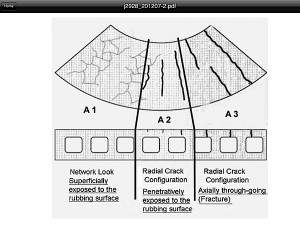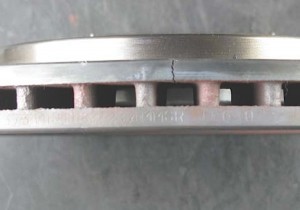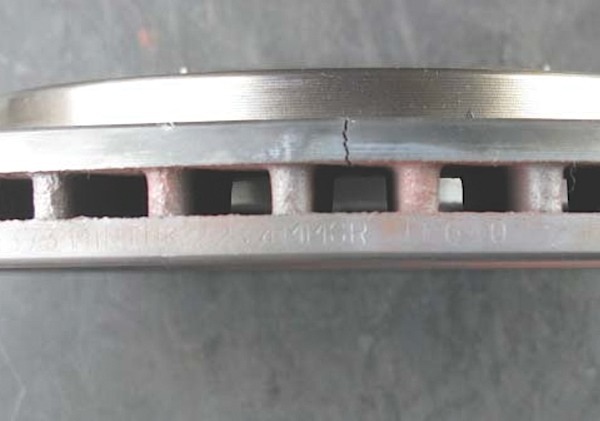
The Society of Automotive Engineers (SAE) approved in 2012 an aftermarket rotor testing procedure was titled J2928 Brake Rotor Thermal Cracking Procedure for Vehicles Below 4,540 kg GVWR. Why the need for a new procedure?
The document combines current industry tests and best practices. The document aims to be a standardized test that evaluates an aftermarket rotor’s ability to resist cracking using a dynamometer. For technicians and drivers, J2928 will change the way you decide what rotors to use.

What SAE J2928 is:
• An aftermarket rotor testing procedure.
• A series of 150 heat cycles performed on a dynamometer.
• The test procedure measures the thermal and structural adequacy of a rotor
• A method of measuring, classifying and documenting cracks in the rotor.
• A tool for supply chain to perform quality control on products it sells.
• A way to compare an aftermarket rotor to the OE rotor.
• It measures rotors for runout and thickness variation.
• It does specify a rotor must meet a percentage of the original rotor’s weight
• It does specify a rotor must be within certain dimensional tolerances.
What SAE 2928 is not:
• A way to police bad rotors.
• It is not mandatory for all manufacturers including OEMs.
• It does not measure on-vehicle performance or stopping distances.
• It does not measure noise or durability.
• It does not “certify” or “approve” a rotor.
• It is not performed on a vehicle
• It does not determine the design of the rotors fins.
Photos Courtesy of SAE
